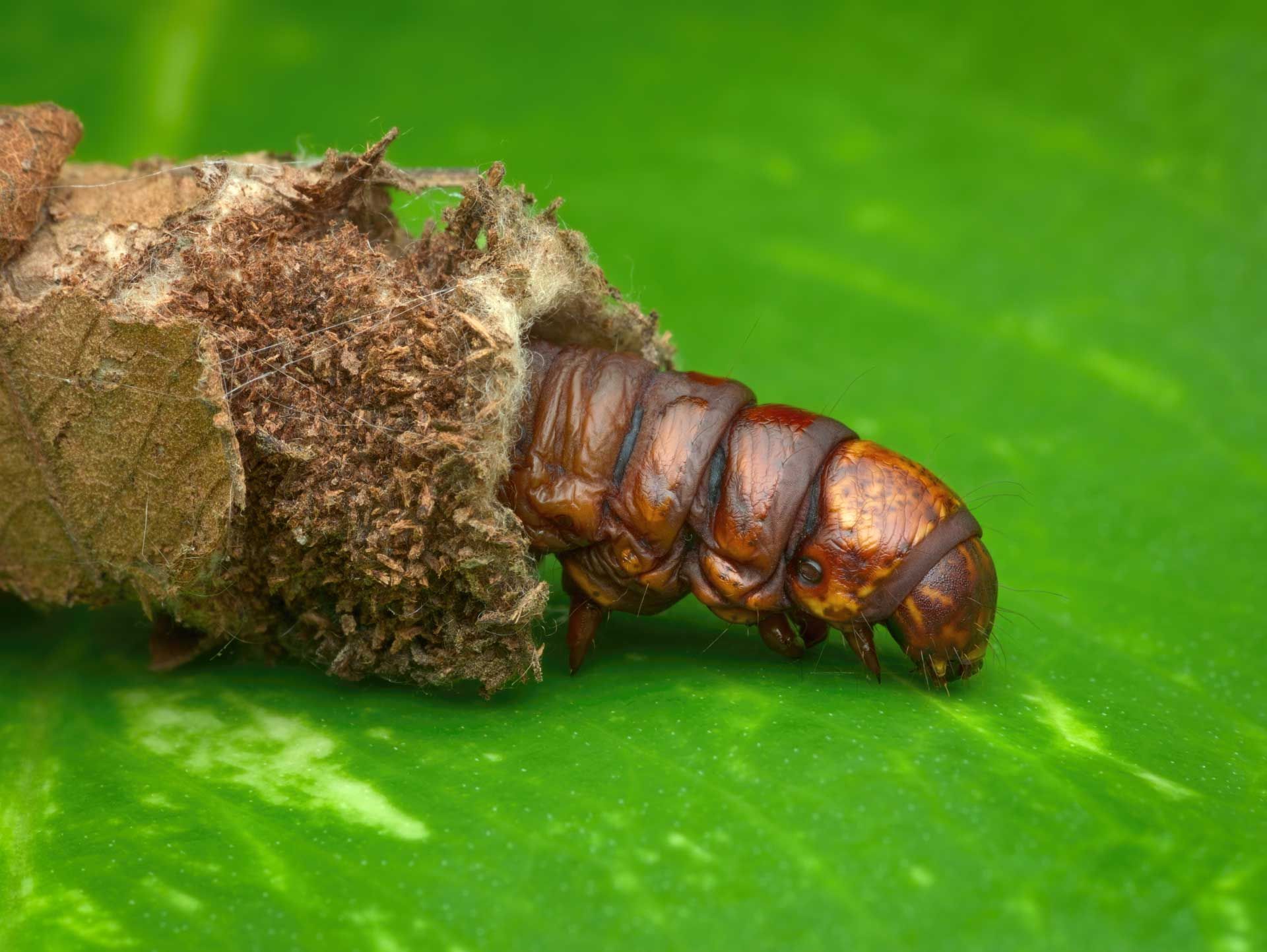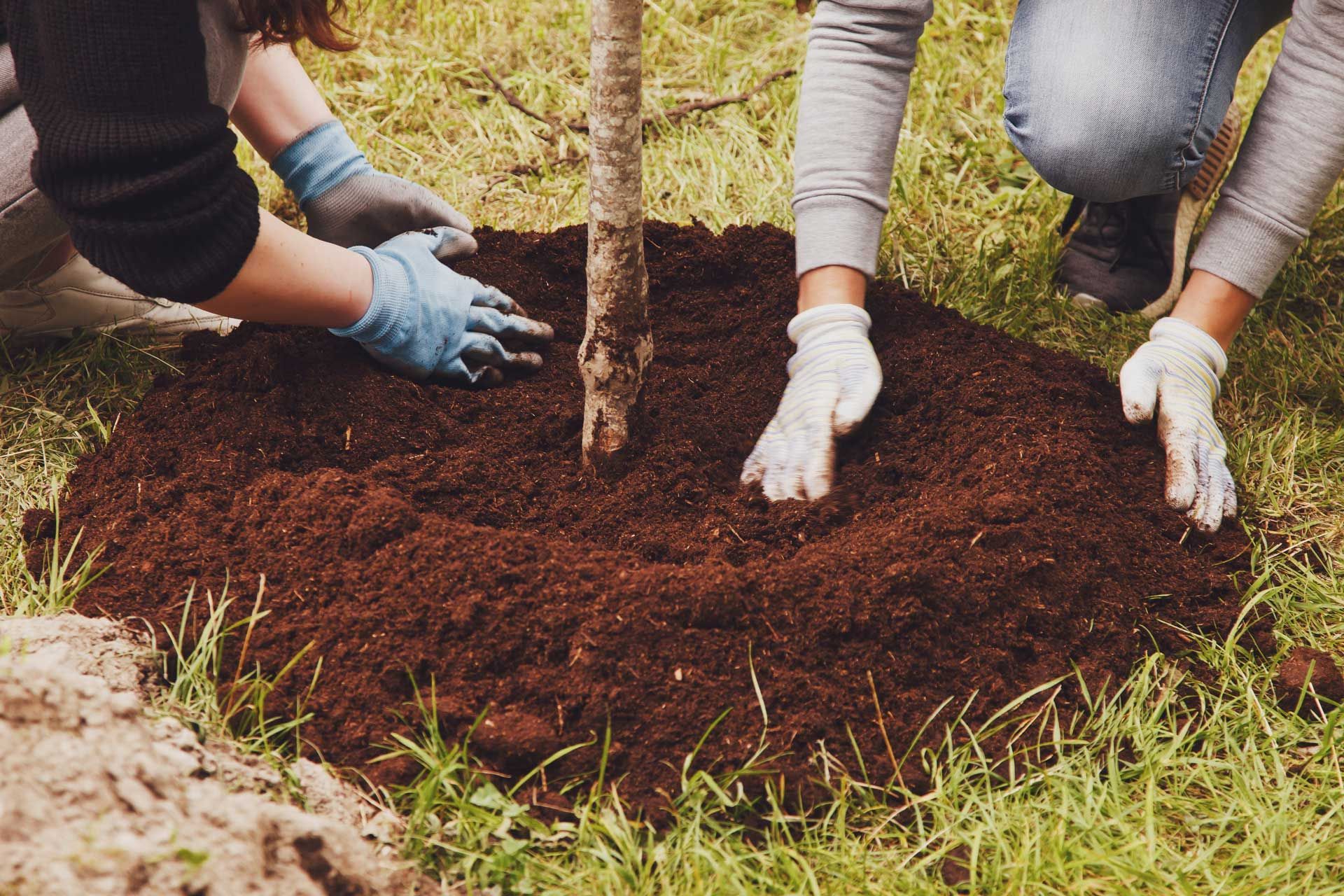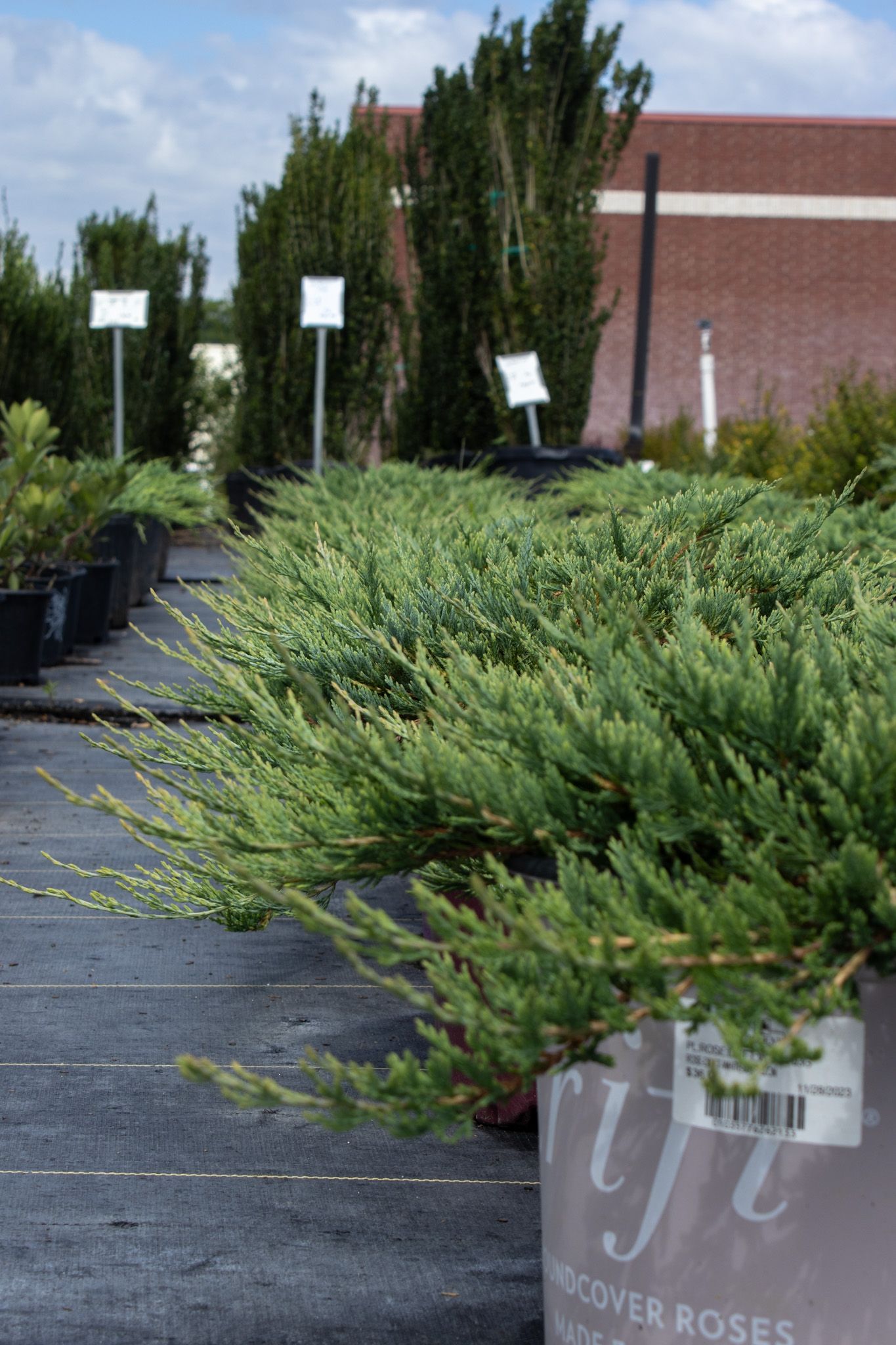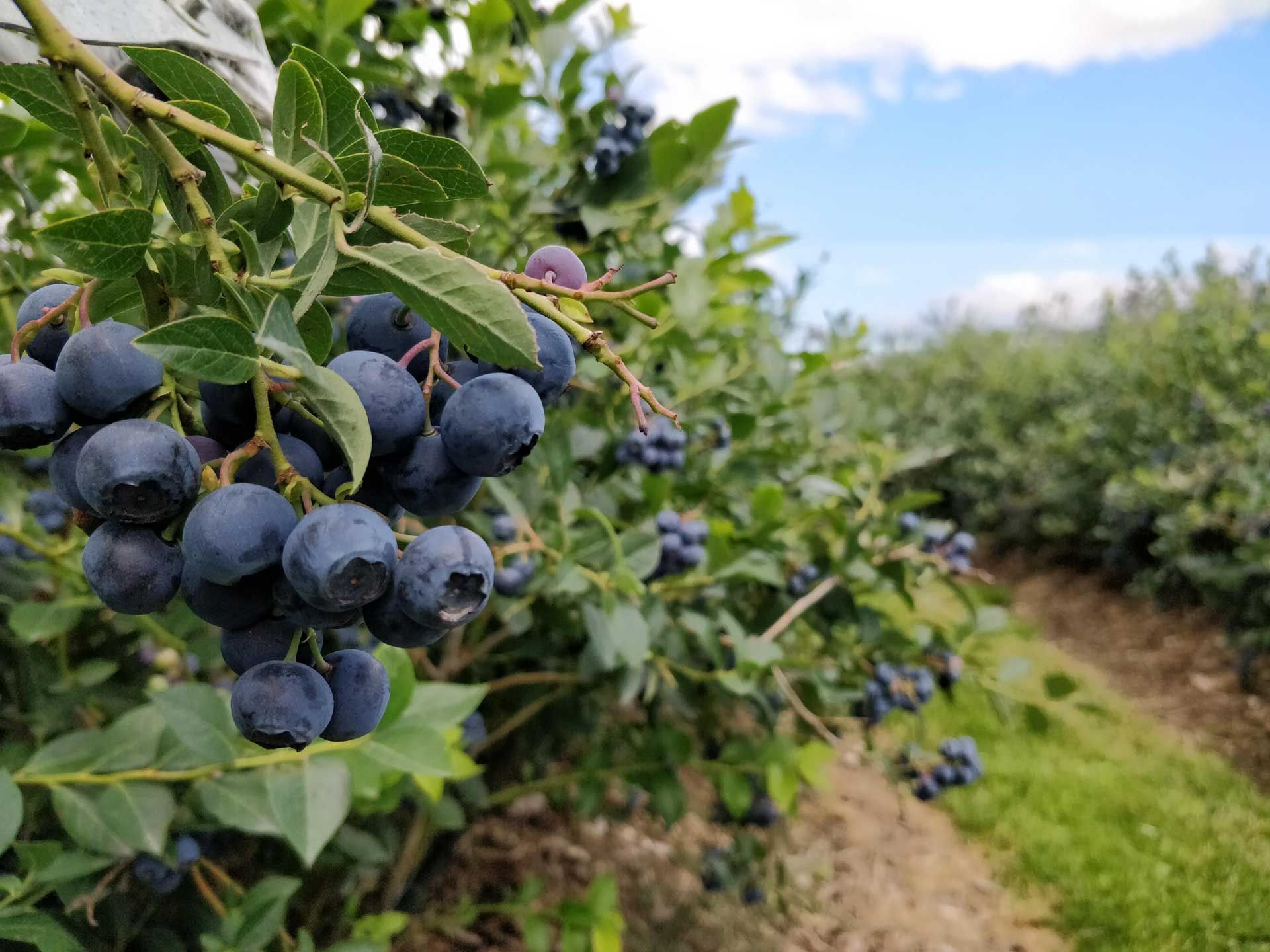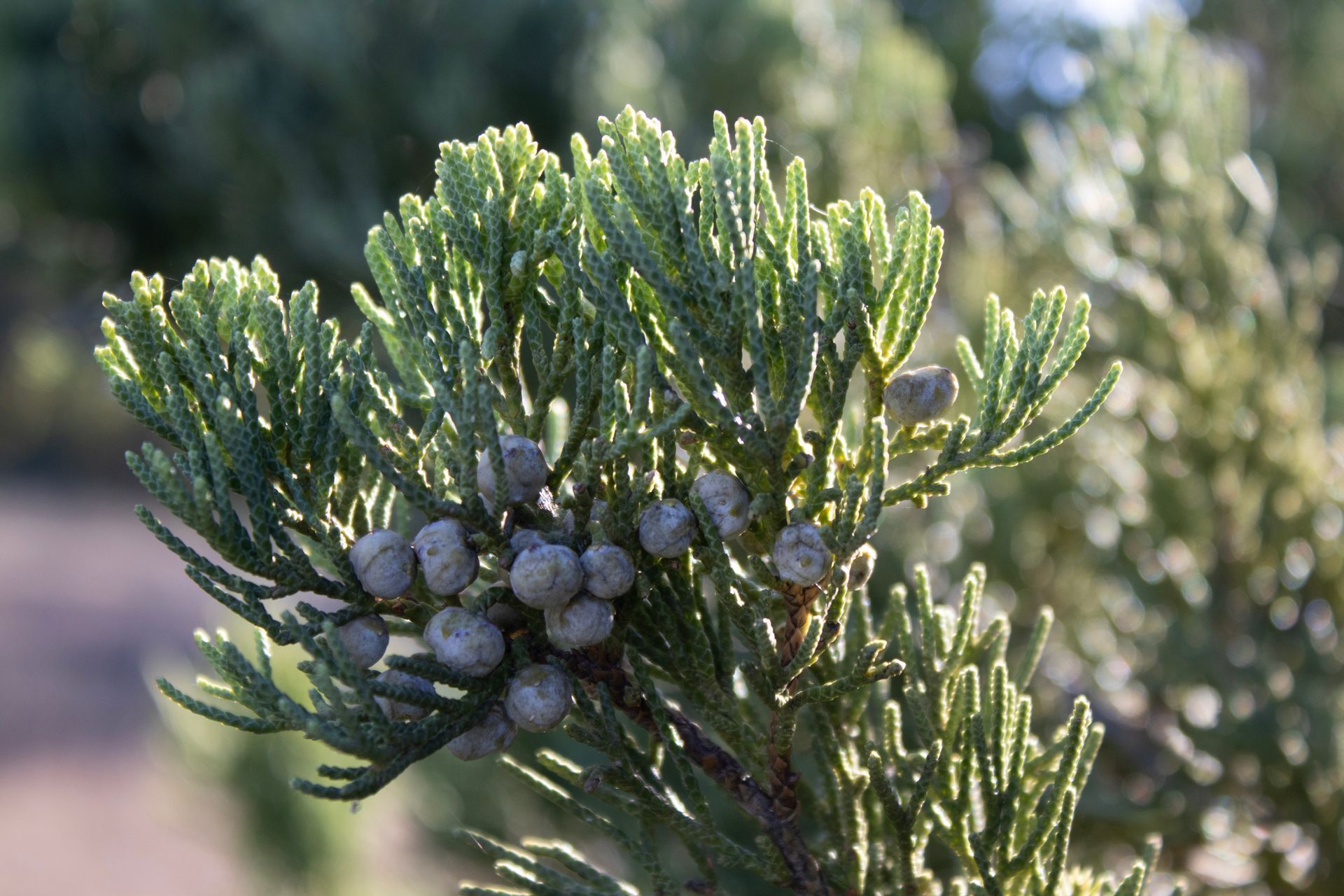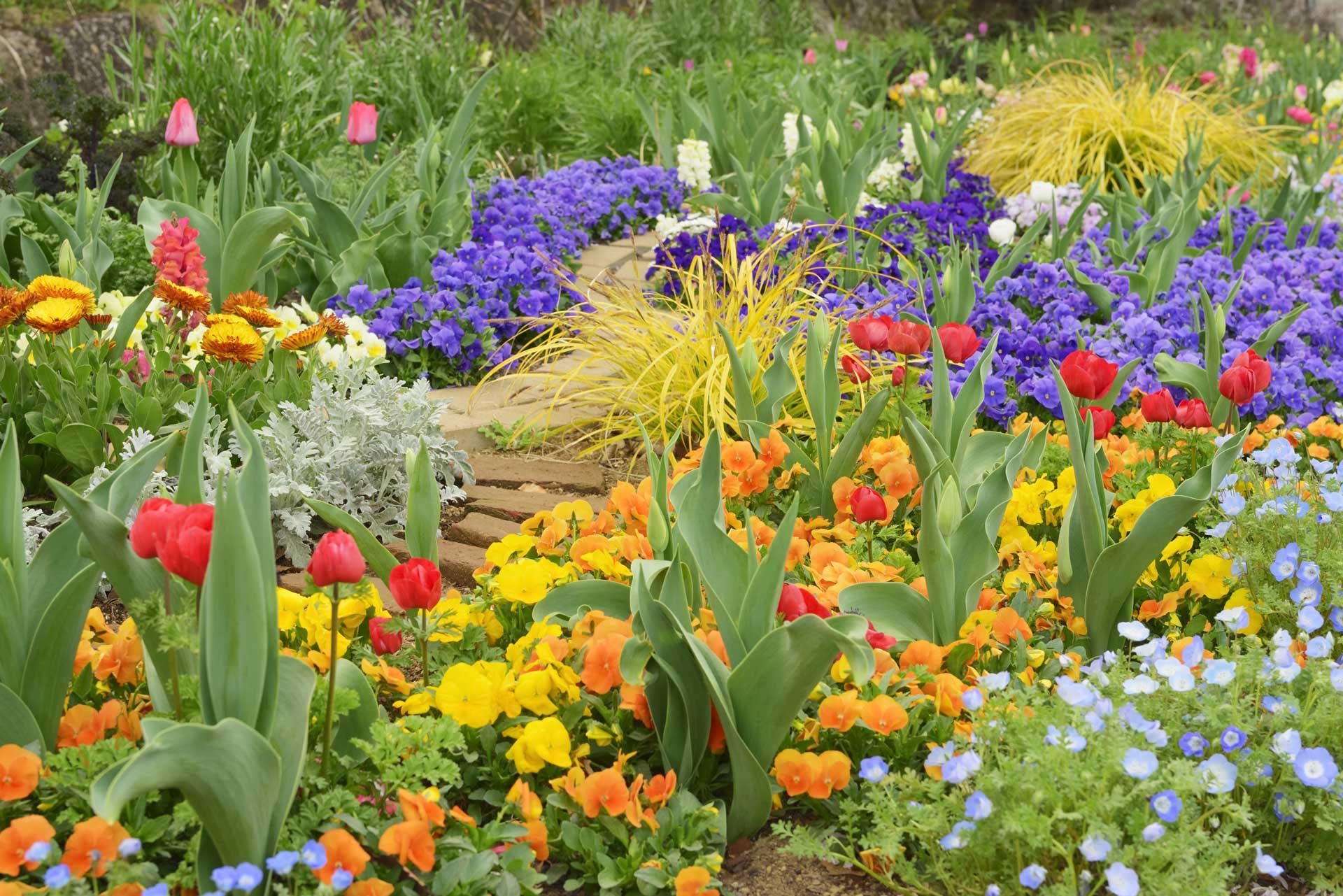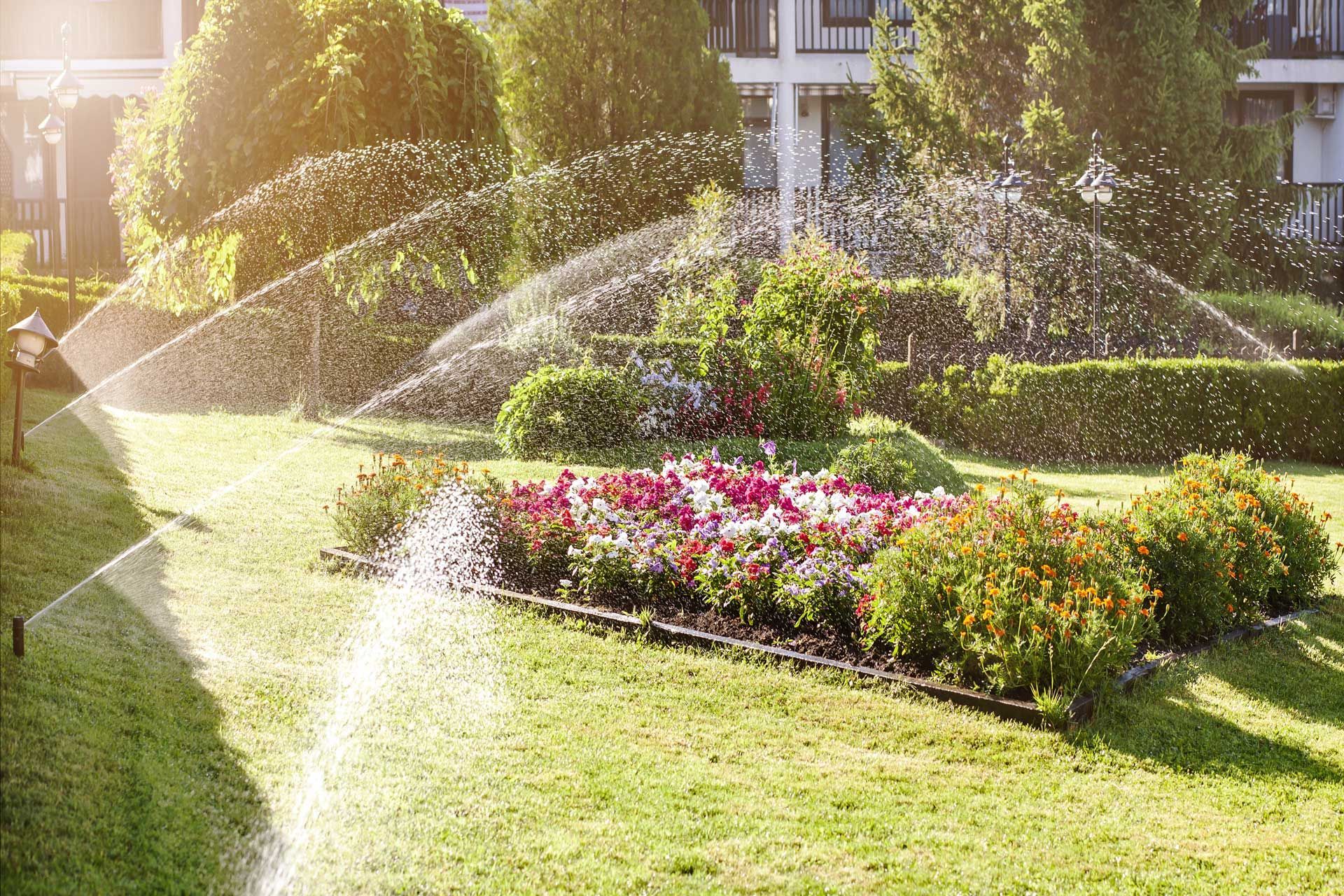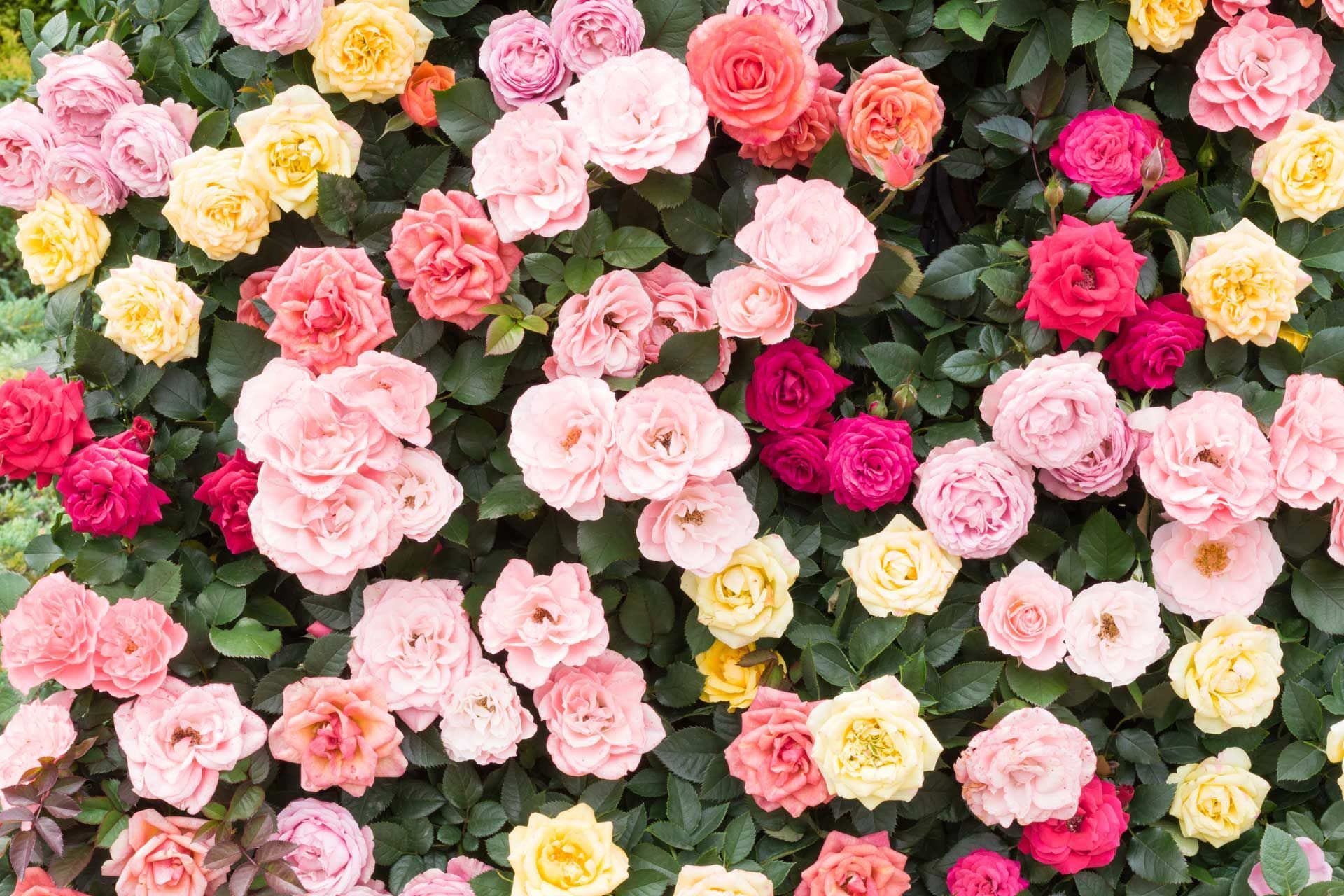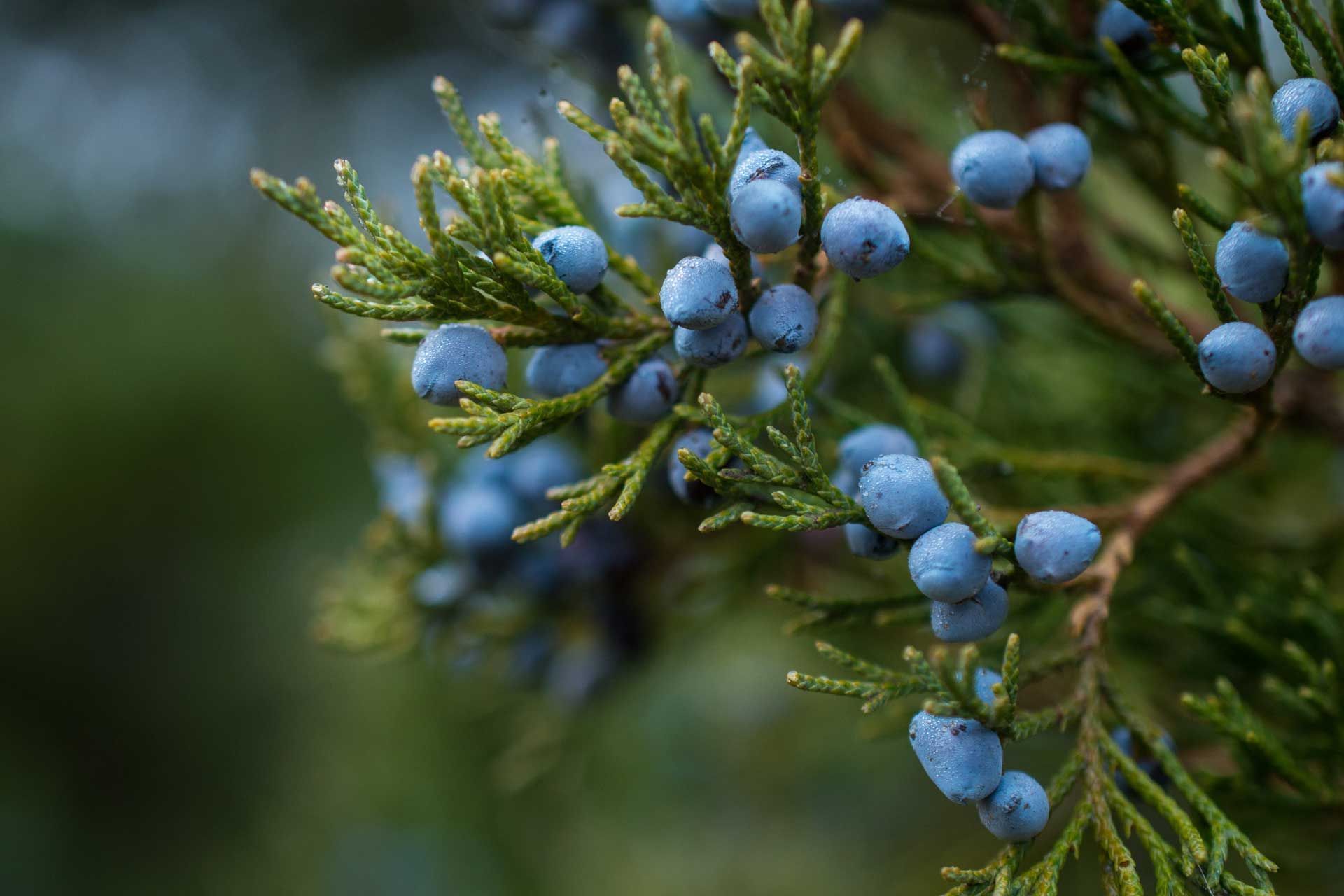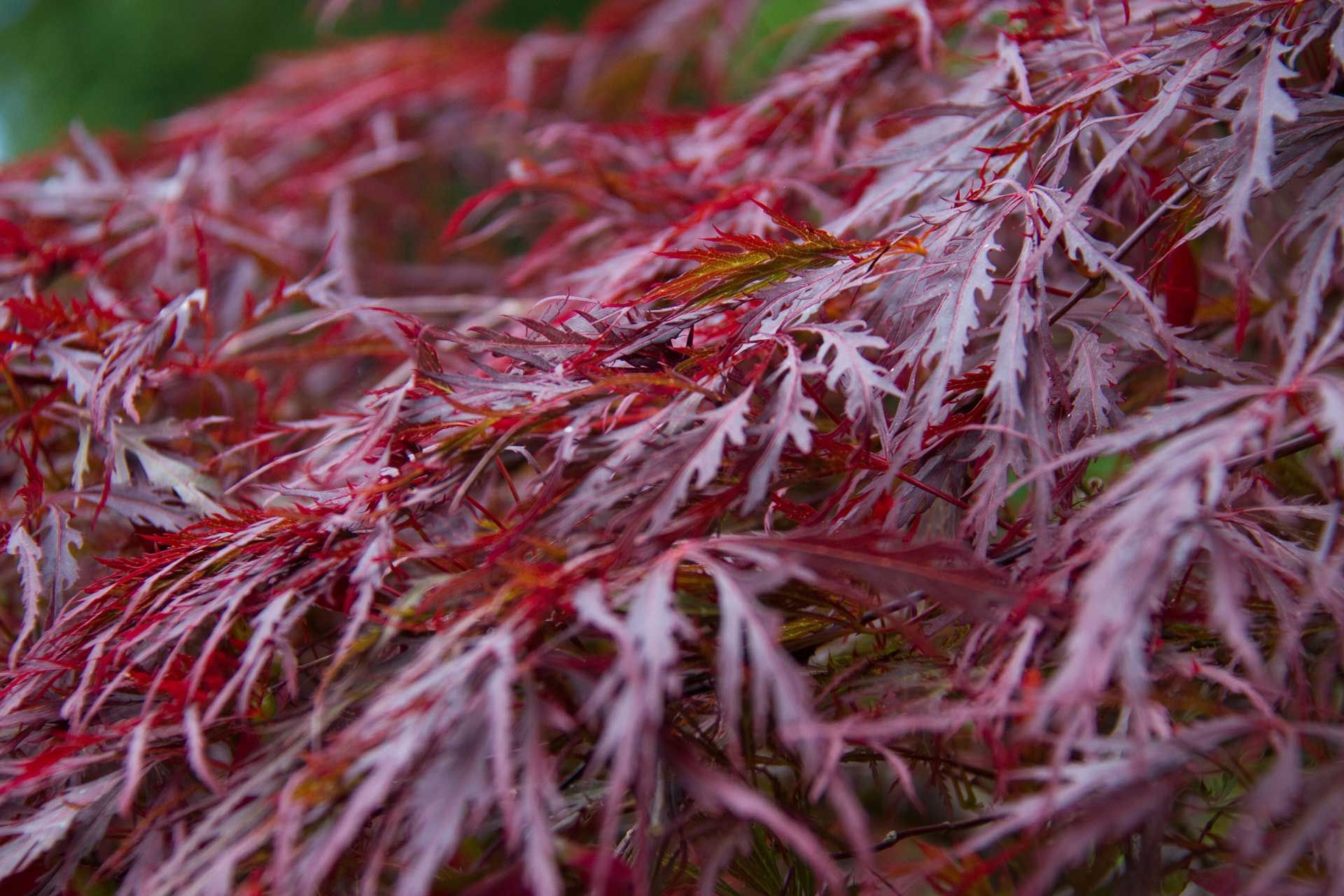Ensure Your Plants are Winter Ready
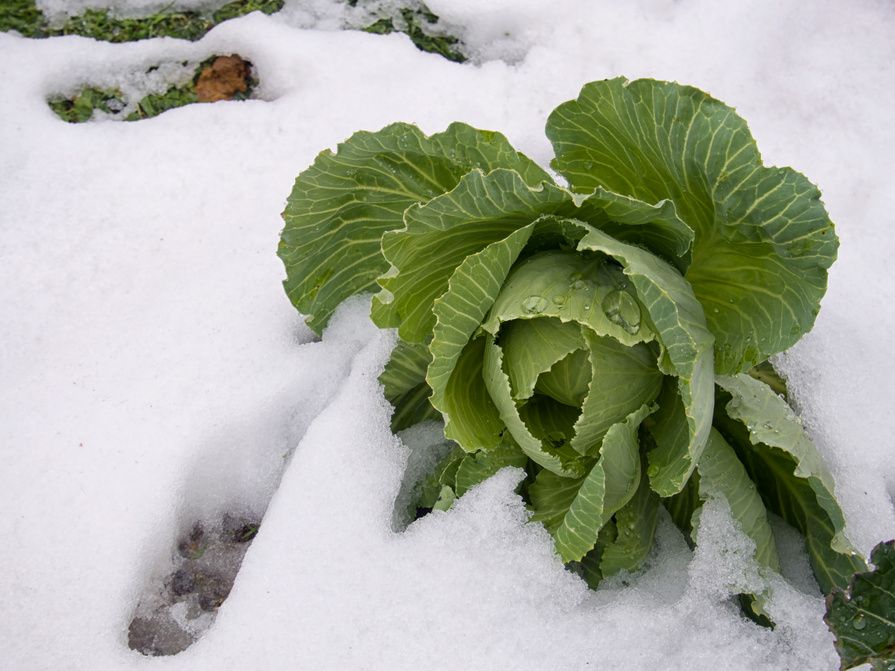
Water In Plants
Before freezing temperatures arrive (under 30 degrees) , ensure the soil around your plants remains adequately moist and water in to protect roots.
Do Not Fertilize
Avoid applying fertilizer in late fall, as it encourages new growth that is vulnerable to winter damage, as it stimulates tender new growth that is unlikely to survive harsh winter conditions, potentially weakening the plant overall.
Avoid Pruning
Avoid pruning shrubs in the fall, as it can stimulate new growth that may not withstand winter conditions. However, for trees it’s recommended to prune trees while dormant. if trees or large shrubs have weak or dead limbs that pose a risk of falling onto roofs or structures during winter, it is advisable to remove these.
Mulch Plants
Not all plants require protection. from low winter temperatures, buttender perennials and newly planted shrubs or trees benefit from extra insulation. Winter mulch acts as a protective layer for root systems,
helping stabilize soil temperatures and reducing the risk of damage caused by freezing and thawing cycles. These cycles can force shallow-rooted plants' roots closer to the surface, where they are more vulnerable to cold weather.
Cover Plants
When heavy snow or ice is forecast, cover plants with burlap, canvas, or old sheets for protection. Secure the cover at the base using stakes, rocks, bricks, or logs to prevent it from being blown away by winter winds. Once the threat has passed, remove the cover and shake off any snow or ice; As it can damage fragile, multi-branched trees and shrubs by breaking limbs and twigs. Support them by gently bundling the branches together with string or twine.
